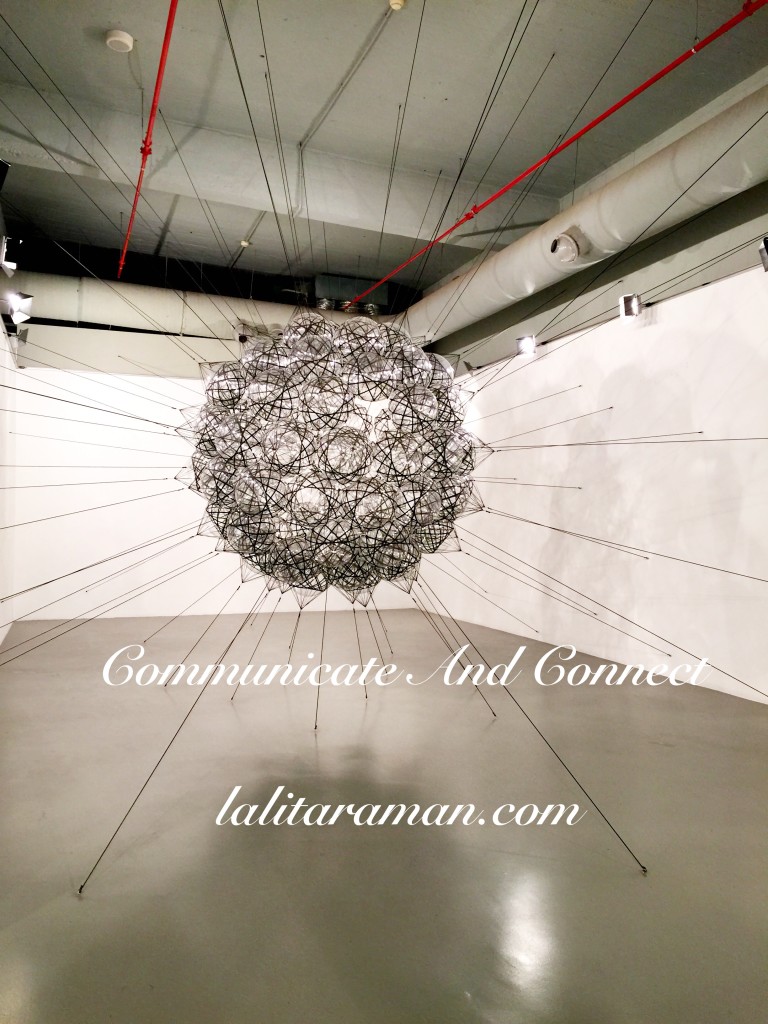“I get tense and don’t look forward to the conversation I am going to have with my boss. She doesn’t seem to listen and I feel my tongue is tied and I leave the conversation or meeting with a lot of pent-up feelings and emotions.” This was one of my clients expressing her frustration in managing conversations with her boss.
Have you been in situations where you need to tell somebody something and yet don’t wish to spoil the relationship? Difficult conversations are not something most of us look forward to and yet they are part of our life.
I was in the midst of a difficult conversation with a colleague of mine, two weeks back. The first conversation didn’t go too well, with him doing all the talking and telling. I was cautious and at the end of the conversation realized that I had not expressed myself in the way I wanted to.
I had let my emotions take the better of me and did not permit my rational brain to have a clear, concise and assertive conversation. After the meeting, I asked myself several questions and I practiced on myself the same questions I ask of my clients whilst coaching them.
Tips To Deal With Difficult Conversations
1. Be present
This is crucial and I started off with this point because this is what helped me in my follow-up conversation with my colleague. Being present is essential to listen, to observe, to ask questions and be emotionally connected. It is easy to be lost in your own thoughts and rushing to say what you have to say especially if your brain is telling you to do it and you could not express yourself in your first conversation or past conversations with this person. I had listened to my colleague and yet I guess there was something in me that was not present and maybe I was so lost in my thoughts that I did not express myself or ask the right questions and allowed my judgment to color my thoughts.
We make observations and impressions about people and sometimes these become assertions. And we turn these assertions into facts. We may have formed an opinion about a person based on our past experience and we tend to make that as an assertion and convince ourselves that they are whom we assert them to be.
My colleague was doing this in our first conversation and instead of empathetically listening to him, I let my emotions take the better of me. Being present means to listen in mind-body and soul and adapt to the conversation that is happening between you and the other person instead of what is happening within your head. Cut out all forms of distraction and give your undivided attention.
2. Deal with emotions
We are emotional beings and some conversations trigger emotions in us and the other party. This is one of the most important reasons, why we don’t like to engage in difficult conversations. The way to deal with emotions, either in yourself or in the other person, is to name them: ‘I see you’re mad about that’ or ‘I feel sad about what happened’. When you call out emotions like that, you acknowledge it and facilitate an environment to talk about them. This is way better than getting lost in the destruction of the wave of emotion. To cool down your own emotion and not allow that to hijack the conversation, you may want to drink water or take a break in a manner that is most appropriate to that situation.
3.Think before you speak
Being aware about ours and others emotions not only helps us to recognise the emotions but also think before we speak. Think about why we think the way we think. This helps in situations where you may not be prepared or where you are prepared and the conversation may not be going along the path you expected. Asking the right questions also helps you to think and get more data to support your point of view.
4.Avoid words like But and However
Many conversations in our daily life starts with I appreciate your point of view ‘BUT’. I used to do this too and now I have become aware and consciously avoid using them even in daily conversations that may not be difficult. Words like ‘But’ and ‘However’, nullify what has been expressed before. Use ‘And’ instead. By using ‘ And’, you recognize that there could be another point of view and perspective. When you use ‘And’, you are indicating an inclusive stance, instead of using words which express that you are the only one that’s right.
5.Remind yourself of the ‘Why’
Setting yourself an intention before going into any conversation helps and if somebody catches you unawares, then during the conversation think of the Why.
6.Respect
How you say, what you say is equally important.
The nicest words will not land well if your tone and body language does not indicate the genuineness of what you are saying.
7.Clarify
We may be interpreting something based on our bias and the fact is we are all biased. We don’t need to run away with our bias to make interpretations which may exemplify the conflict. Clarify and ask questions. Clarify by paraphrasing and this allows you to check your understanding and show the person that you are listening.
8.Follow-Up
To ignore is easy. We are human and like to be paid importance to. Check-in with the person the day after or within a reasonable period of time. And if you felt that a proper closure did not happen in your last conversation, do it again if necessary.
9.Trust Your Gut
Your instinct and intuition is your best guide and go by it, If you feel you need to have another conversation, call on the person and say, “I feel we didn’t end on a good note” or “I feel I didn’t get a chance to express my point of view”. “Would you be open to sparing a few minutes, so that I can explain it better”?
My follow-up conversation with my colleague was smoother and both of us expressed what we had to say and we are still communicating and our relationship has got better for sure.
Our brain’s main function is to keep us alive and the one overriding basic principle of the brain’s operation is that all brains are constantly on the lookout for threat – and will continuously move ‘away’ from anything perceived as a threat and ‘toward’ anything perceived as a reward. This is our basic survival mechanism. Manage your brain and don’t cut yourself short by dreading difficult conversations.
The above are some tips. How do YOU deal with ‘Difficult Conversations’?
I work with clients to enhance their communication, self-confidence and in turn their executive presence. If you want to learn more please feel to connect with me.











